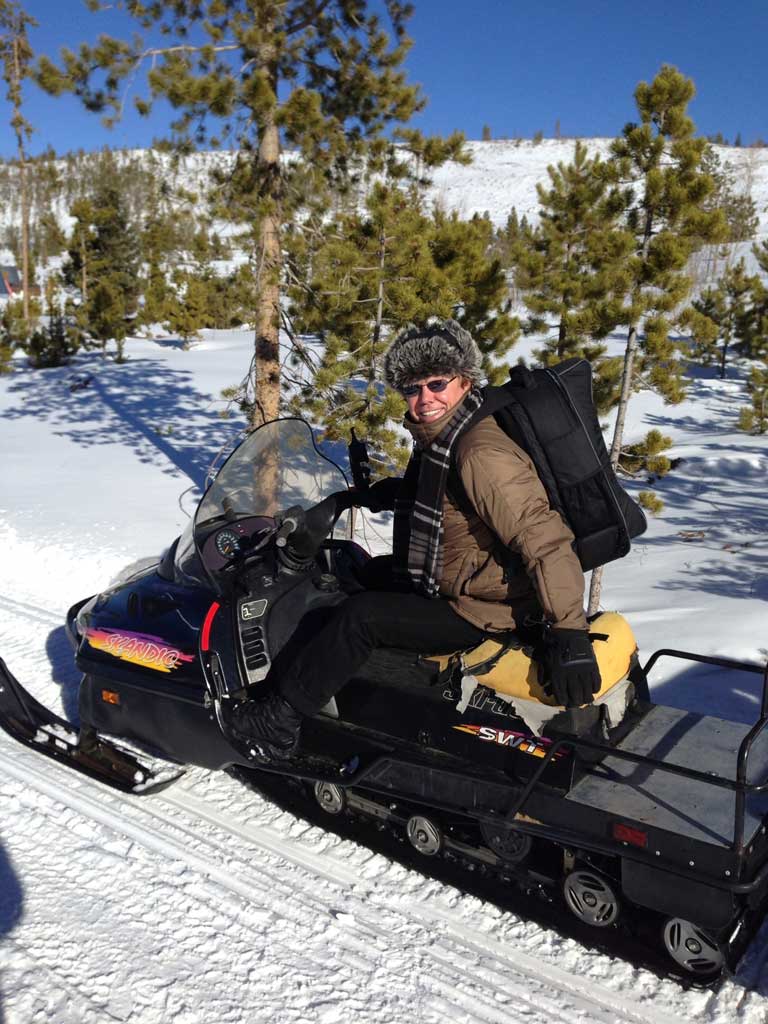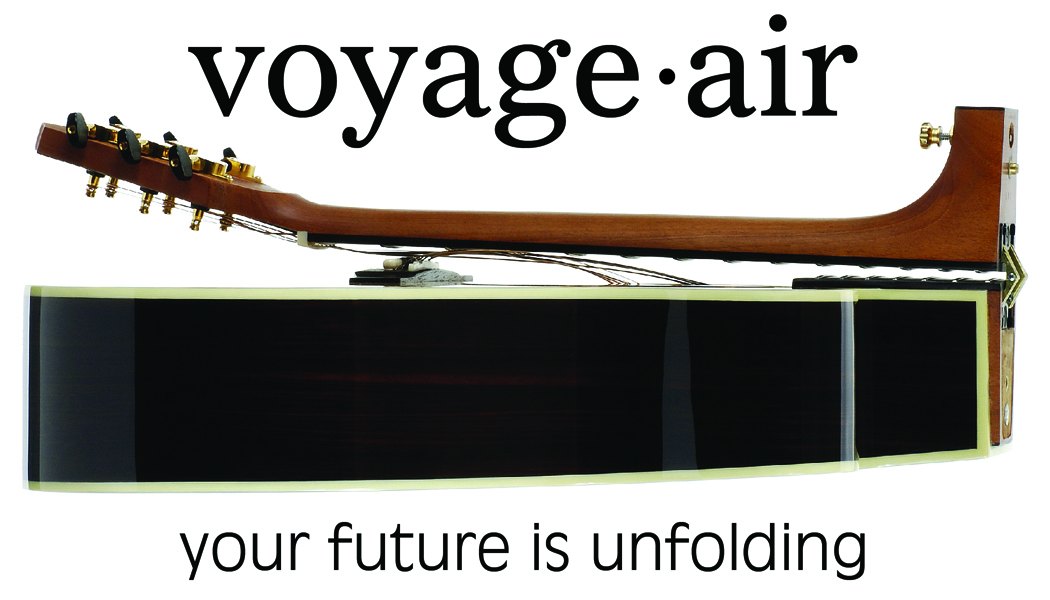Tips for Traveling with a Guitar
As a musician, there’s few joys more satisfying than being able to bring your instrument of choice with you wherever you go. However, there’s also probably nothing more distressing than traveling with a guitar to your destination and handling your instrument in a new place for the first time, only to realize that it has been warped or damaged by environmental factors. Below are some tips and tricks to traveling with a guitar.
In regards to temperature extremes, realize that fine guitars, violins, and woodwinds are a collection of different kinds of wood all glued together to produce the complete instrument. When heated, all woods expand slightly. This is normal and taken into account when the instrument is designed.
The important point is that different woods absorb heat and expand at different rates. If an instrument is subjected to a sudden temperature change some of the woods will expand or contract much more quickly than others. This results in unnecessary stress to the instrument. Keep reading for tips and tricks to ensure proper care and feeding when traveling with a guitar!
1. COLD

The very worst case scenario is where a guitar or other instrument is stored for some period in the ice-cold trunk of a car and then immediately brought to play in a warm room. Even worse, would be to immediately play it while sitting near a wood stove or a fireplace. The thin wood top of a quality guitar can actually crack from such stress.
If your instrument is ice-cold to the touch, give it some time to warm up to the room. Open the case an inch and allow about 15-30 minutes for the instrument to gradually come to room temperature.
2. HEAT
Other issues occur, of course, when travelling to warmer climates. When subjected to heat, the wood of your guitar suffers. The natural moisture-content is baked out of the wood, and the wood begins to shrink. Usually, the first sign that a guitar has been subjected to heat is the ends of the frets begin to protrude from the fretboard. Other signs are bulges and warps in the top of the guitar, or binding that has become loose or actually popped away from the edges of the tops and sides
For instance, the interior of a closed car can easily reach 170-degrees! On a hot day, never leave your guitar in the direct sun, even in its case. A guitar can withstand heat up to about 110-degrees (F). Above that temperature, the glue that holds the instrument together begins to soften.
3. DOWNTUNING
Few realize the pressure that the strings exert on a guitar. If your string instrument is open to the playing position and ready to tune, the strings will exert a combined pull of more than 100 pounds on the bridge of the guitar – exactly the same as hanging a 100-pound weight from the bridge! Now, imagine that 100-pound weight pulling on the bridge as its glue gets hot and begins to soften. The bridge can easily lift, or even pull from the top of the guitar.
Thankfully, Voyage-Air makes easy to travel guitars, which bypass the issues related to string tension altogether by folding in half and safely storing inside custom form-fitting backpacks.
4. HUMIDITY
Keep the guitar in an environment with normal humidity. In the winter, with a furnace or radiators running much of the season, humidity is literally cooked out of the air. Nature loves a balance. In an overly-dry environment, the woods of your guitar surrender their natural moisture content in a futile effort to humidify your room. This can be damaging to the guitar.
The guitar case offers a closed environment where you can easily control the humidity. You can also put a guitar humidifier inside the case. There are many humidifiers available and any of them will do the trick. It is typically a sponge-type material encased in something like a plastic holder. You keep the sponge part moist and stored in the case along with your guitar.
As the air in your home becomes dry (less humid), this tends to dry out the natural moisture content in the woods of the guitar. In the worst case, this can cause fret buzzing, frets protruding from the sides of the neck (as the neck woods shrink), or even cracking of the carefully engineered woods of your Voyage-Air Guitar.
To prevent this, try to store your guitar at room temperature as much as you can, keeping it away from heat sources. The Relative Humidity (RH) of your environment should be about 45-55% (normal). In fact, the Voyage-Air Guitar Shipping and QC Facility maintains 50-55% RH at all times to ensure the moisture stability and quality of all guitars that we ship.
There are a variety of inexpensive portable gauges (Hygrometers) that will show the actual RH (i.e., RH value reading) for your environment.
In addition, the foam inserts and clamshell zipper top allow for a secure internal environment, making it easier to maintain the ideal RH range.
5. PLANES, TRAINS, & AUTOMOBILES
When traveling with a guitar, it is always recommended to bring a protective, hardshell case, ideally one which includes straps for your instrument, and some sort of padding and/or insulation. As state above, try to avoid storing instruments next to a window where it can be exposed to prolonged direct sunlight.
For larger instruments, such as guitars, travellers may be asked to check their instrument for storage beneath an airplane. Another option is to purchase a travel instrument- many brands offer scaled down or miniature instruments. While there are many options for travel-sized guitars, only Voyage-Air Guitar makes full-size, full-scale acoustic AND electric options. In addition to a more secure and controlled environment, the custom form-fitting cases contain space for extra luggage and music gear.
Voyage Air Guitar | February 12, 2018
 Whatever your tastes in music, choices in travel, we hope that you find the above tips useful and we hope you give Voyage-Air a chance to show you why we think our future is unfolding! Visit http://voyageairguitar.com/stories-from-the-road to see more musicians travelling the world with their Voyage-Air Guitars!
Whatever your tastes in music, choices in travel, we hope that you find the above tips useful and we hope you give Voyage-Air a chance to show you why we think our future is unfolding! Visit http://voyageairguitar.com/stories-from-the-road to see more musicians travelling the world with their Voyage-Air Guitars!
Attend the SF/Bay Area Travel & Adventure Show and visit booth 1450 to enter to win a free guitar!















